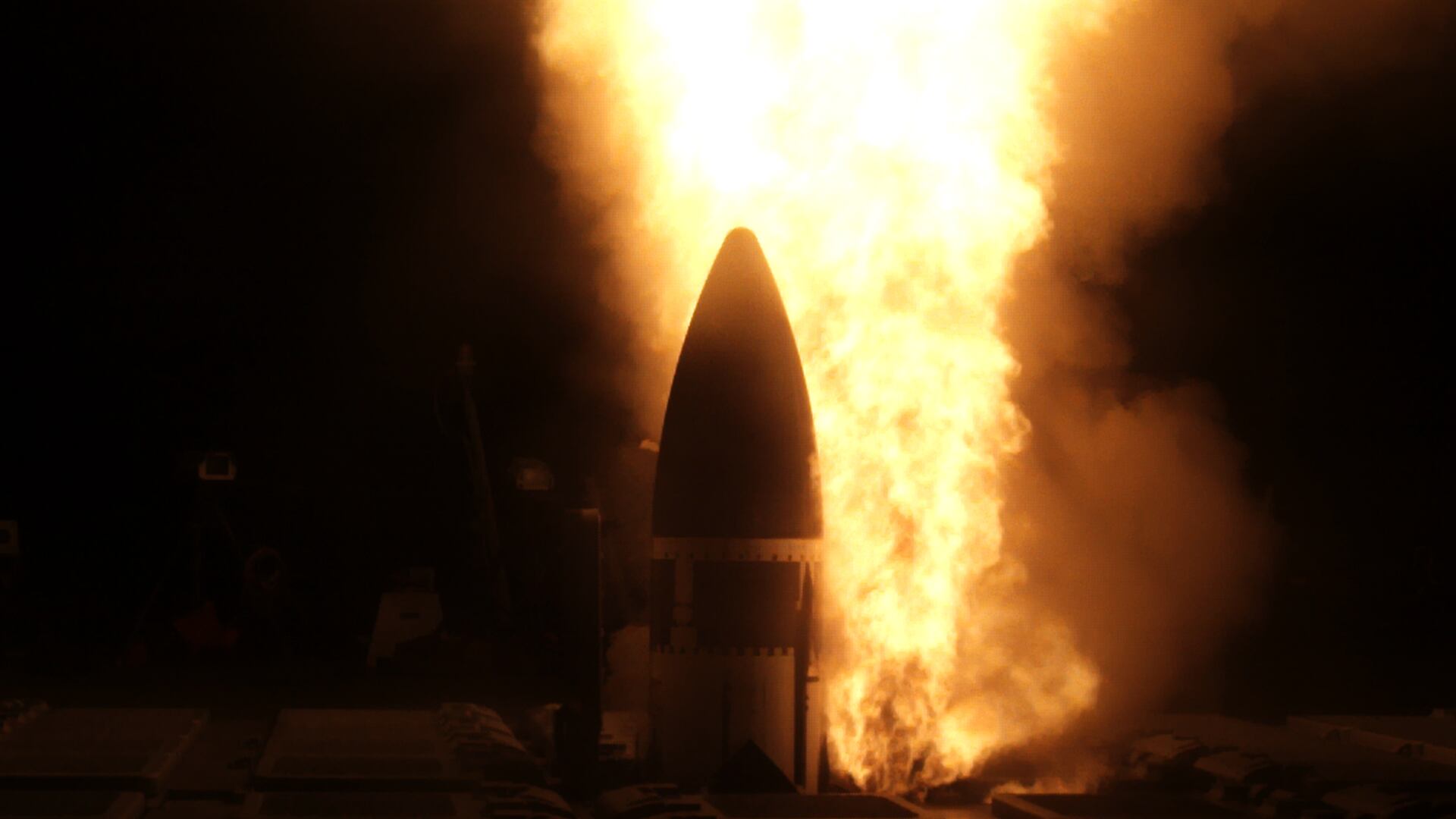Two decades ago, President George W. Bush announced the United States’ intention to withdraw from the 1972 Anti-Ballistic Missile Treaty. That treaty, negotiated with the Soviet Union at the height of the Cold War, prohibited us from protecting our territory and population from ballistic missile attacks. The prospect of mutual annihilation would, according to the proponents, reduce the incentive for attack, thereby assuring strategic stability.
But Bush questioned both the morality and logic of this balance of terror. The Soviet Union had dissolved and new threats had emerged, such as North Korea armed with long-range missiles and a growing nuclear arsenal. As a special assistant to the president, I was tasked with developing a strategy to implement the president’s goal.
The first task was to pave the way for treaty withdrawal. In response, Russian President Vladimir Putin announced that the U.S. withdrawal was not a threat to Russia and that Moscow would continue its offensive nuclear reductions. This statement rejected the prevailing myth that defenses cause arms races. In the end, the treaty went away quietly, mourned only by the ideological arms control community.
Next, we had to develop the capability. We began by issuing presidential guidance directing the Defense Department to deploy by 2004 an initial capability against limited threats. Consistent with that timeline, the United States has a homeland missile defense capability in the ground, standing ready when North Korea rattles its saber with long-range missile and nuclear tests.
For the department, this was a historic achievement. It occurred not by accident, but by the exercise of leadership. Defense Secretary Donald Rumsfeld established the Missile Defense Agency, gave it a budget, designated a director he would hold accountable and cleared bureaucratic hurdles to accomplish the mission. He understood that antibodies embedded in the department had impeded progress for years and would continue to do so if development were conducted through acquisition authorities designed for a previous era.
RELATED

Not surprisingly, Department of Defense bureaucracy was never content with having its turf tampered with, even by a defense secretary acting at the behest of the president. Consequently, that same bureaucracy has been steadily seeking to pare back MDA’s authorities to build and deploy defenses, despite the reaffirmation in both the 2010 and 2019 missile defense reviews of the need for MDA to possess flexible acquisition authorities.
Gen. John Hyten, vice chairman of the Joint Chiefs of Staff, has criticized the department’s inability to go fast and advocated for reforming today’s cumbersome acquisition and requirements system. At a 2020 event, he warned: “When you look at our competitors, large and small, one of the things you find they have in common is they are moving very, very fast. And we are not.”
With the return of strategic competition among major powers, all of the services have recognized the need for accelerating the acquisition process by pushing authorities down to lower levels. When you look at those programs that show speed and flexibility, few operate according to the bureaucracy’s preferred rules. For example, the Air Force’s major new bomber, the B-21 Raider, has been developed in secret by the Air Force Rapid Capabilities Office. The Air Force chose this approach because it realized the old system for developing new weapons systems is too slow, too expensive and too resistant to innovative technologies and ideas.
Nevertheless, the bureaucracy appears determined to reclaim its control over the development of missile defenses essential to protect our homeland. The DoD’s acquisition and sustainment office and its Cost Assessment and Program Evaluation office are continuing to insist A&S gets the authority to make development and production decisions for MDA, despite the military services having those very authorities delegated back to them.
Fortunately, Congress is pushing back. Recently, the House Armed Services Committee voted out a defense bill that would slow the department from unwisely changing MDA’s acquisition and requirements authorities. Authored by Rep. Doug Lamborn of Colorado, a key amendment requires that before any change to MDA’s authorities can be implemented, the defense secretary must personally certify any such changes will not degrade the ability of the agency to quickly develop and field missile defense capabilities.
We have made important progress with homeland missile defense, but today we risk falling further behind the threat. What is needed is leadership in the administration and in Congress. We will not stay ahead of the growing threat if MDA’s freedom from bureaucratic constraints is undermined. We must not allow the bureaucracy to add time and cost to the fielding of effective defenses required by the urgent threat from North Korea and soon from Iran.
Robert Joseph served as special assistant to the president from 2001 until 2004, and as undersecretary of state for arms control and international security from 2005 until 2007. He is currently a senior scholar at the National Institute for Public Policy and a senior adviser to the Missile Defense Project at the Center for Strategic and International Studies.








